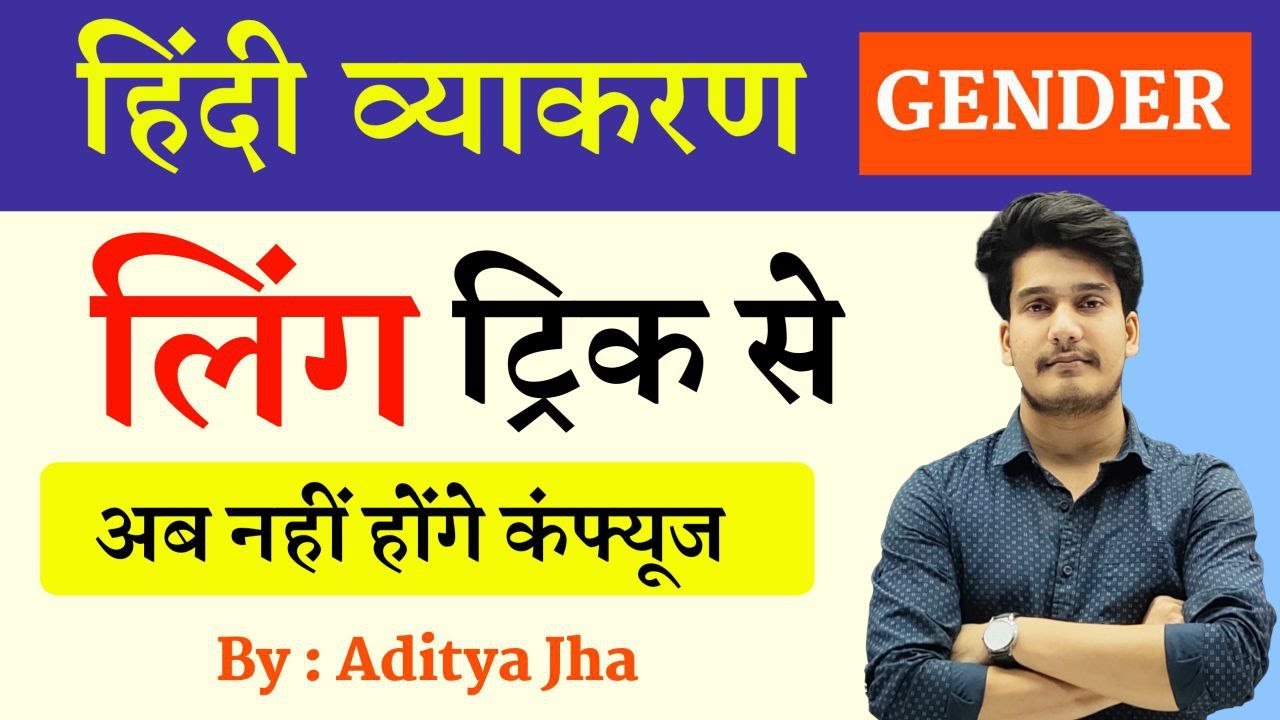Vah, Vo & Ve me antar | Antar seekhe | वह, वो और वे में अंतर | Difference in This, He, She, It & We
Summary
TLDRThis Hindi-language educational video script delves into the nuanced usage of the words 'वह' and 'वो' in Hindi, illustrating their interchangeable roles in sentences. The script provides examples of these words in everyday speech and their respectful usage with honorifics in addressing elders or superiors. It also engages viewers with a question about the Hindi names of fruits shown in a previous video, aiming to test their attentiveness and encourage interaction through comments.
Takeaways
- 😀 The video script is in Hindi and discusses the usage of the words 'वह' and 'वो' in different contexts.
- 📚 'वह' and 'वो' are two forms of the same word, often used for referring to people in singular form.
- 🗣️ The word 'वह' is commonly used in everyday language, especially when talking about someone specific.
- 🙏 The use of 'वो' is explained in the context of respectful language, particularly when referring to elders or in a respectful tone.
- 🌏 Examples are provided to illustrate the use of 'वह' and 'वो' in sentences, showing their interchangeable nature in some cases.
- 👦 The script mentions that 'वह' can be replaced with 'वो' in sentences to show respect, especially when referring to elders or in formal language.
- 👨👧👦 It explains that 'वो' is used with plural nouns to show respect, as seen in examples like 'वे लड़के फुटबॉल खेल रहे हैं'.
- 📝 The script also discusses the difference between 'वह' and 'वो' in terms of their use in singular and plural forms, respectively.
- 🎓 There is an educational aspect to the video, as it aims to clarify the distinction between these two words for viewers.
- 🎁 The video ends with a call to action for viewers to like, share, and subscribe for more content, and to comment with their thoughts and suggestions.
- 🎉 The video includes a festive wish for viewers and an invitation to continue engaging with the channel.
Q & A
What is the main topic of the video script?
-The main topic of the video script is the explanation of the usage and difference between the Hindi words 'वह' (vah) and 'वो' (vo).
What does the script suggest about the use of 'वह' and 'वो'?
-The script suggests that 'वह' and 'वो' are two forms of the same word, often used for referring to people, and 'वह' is used more commonly in everyday language, while 'वो' is used in polite forms of speech, especially when referring to elders or in a respectful context.
How does the script explain the difference between 'वह' and 'वो' in terms of usage?
-The script explains that 'वह' is used in the context of direct reference to a person, while 'वो' is used in oblique reference, especially when showing respect to someone older or in a higher position.
What examples are given in the script to illustrate the use of 'वह'?
-Examples given in the script for 'वह' include 'वह एक अच्छा लड़का है' (He is a good boy) and 'वह क्या खा रही थी' (What was she eating), showing its use in everyday conversation.
What examples are given in the script to illustrate the use of 'वो'?
-Examples given in the script for 'वो' include 'वे लड़के फुटबॉल खेल रहे हैं' (Those boys are playing football) and 'वे घोड़े कितने सुंदर है' (How beautiful those horses are), showing its use in polite or respectful contexts.
What is the script's purpose in providing examples of 'वह' and 'वो'?
-The purpose of providing examples is to help viewers understand the subtle differences in usage and to clarify when to use each form correctly.
What is the script's approach to teaching the difference between 'वह' and 'वो'?
-The script uses a combination of explanations and examples to teach the difference, ensuring that viewers can see the words in context and understand their appropriate use.
How does the script engage the audience to participate?
-The script engages the audience by asking them to subscribe, press the bell icon for updates, and to comment with their answers to a question posed at the end of the video.
What is the question posed to the audience at the end of the script?
-The question posed to the audience is to identify the correct use of 'वह' and 'वो' in everyday language and to share their answers in the comment section.
How does the script conclude?
-The script concludes by asking viewers to like, share, and comment on the video, and by expressing hope that the video has helped them understand the difference between 'वह' and 'वो'.
What is the script's method of encouraging viewer interaction?
-The script encourages viewer interaction by asking a question related to the content, inviting viewers to share their answers in the comments, and promising to feature the names of correct answer providers in the next video.
Outlines

このセクションは有料ユーザー限定です。 アクセスするには、アップグレードをお願いします。
今すぐアップグレードMindmap

このセクションは有料ユーザー限定です。 アクセスするには、アップグレードをお願いします。
今すぐアップグレードKeywords

このセクションは有料ユーザー限定です。 アクセスするには、アップグレードをお願いします。
今すぐアップグレードHighlights

このセクションは有料ユーザー限定です。 アクセスするには、アップグレードをお願いします。
今すぐアップグレードTranscripts

このセクションは有料ユーザー限定です。 アクセスするには、アップグレードをお願いします。
今すぐアップグレード関連動画をさらに表示

स्त्रीलिंग और पुल्लिंग की TRICK | Striling and Pulling in Hindi | Ling Hindi Grammar

Anunasik Sandhi - Vyanjan Sandhi | Class 11 Sanskrit Vyakaran (Core + Elective) | CBSE 2024-25

Why Tamil Nadu Rejects Hindi Imposition

Frasa, Klausa dan Kalimat

Similarities Between Hindi and Filipino

The Hindu Editorial Analysis |30TH December,2023| Vocab, Grammar, Reading, Skimming | Nimisha Bansal
5.0 / 5 (0 votes)
